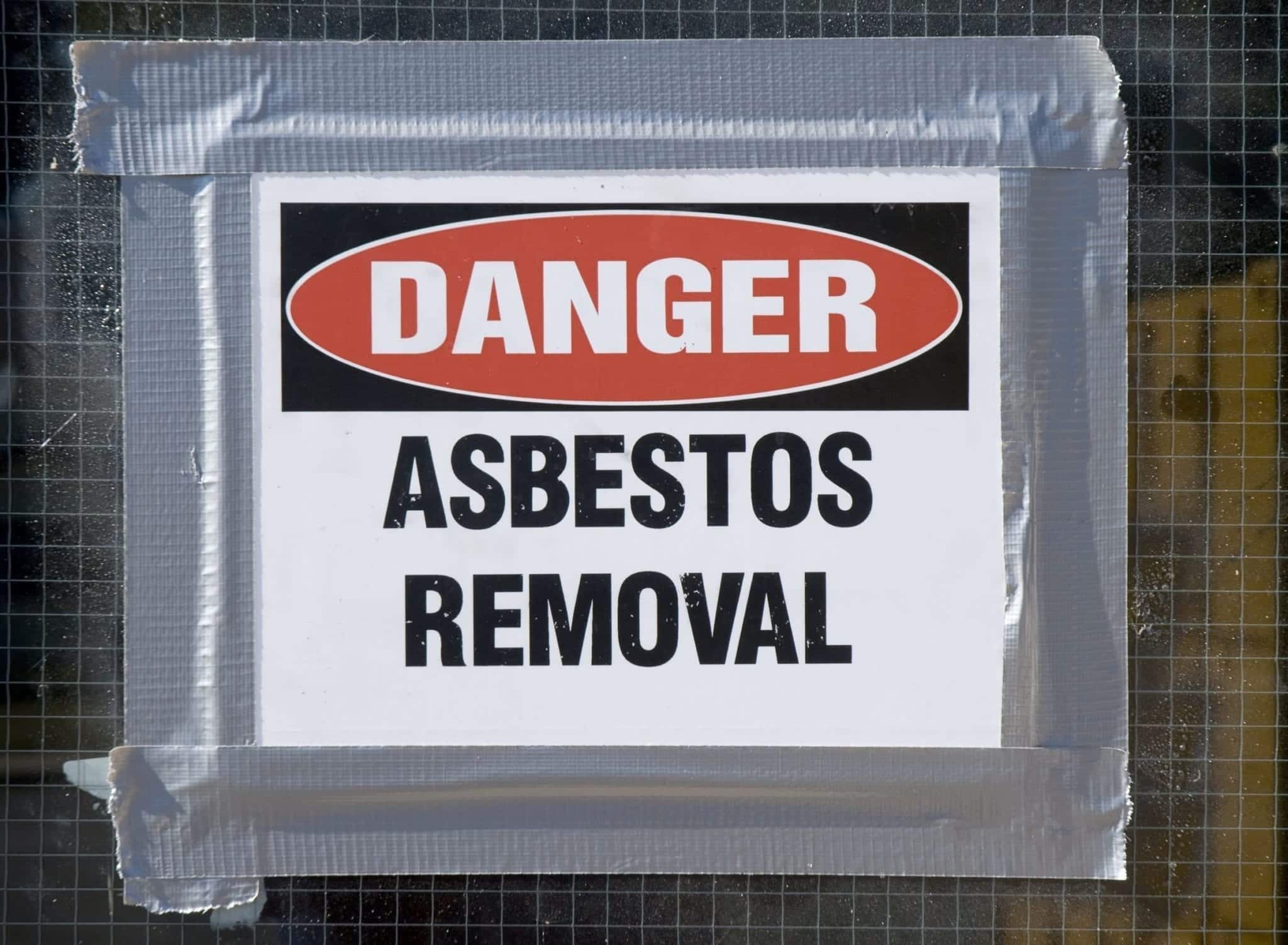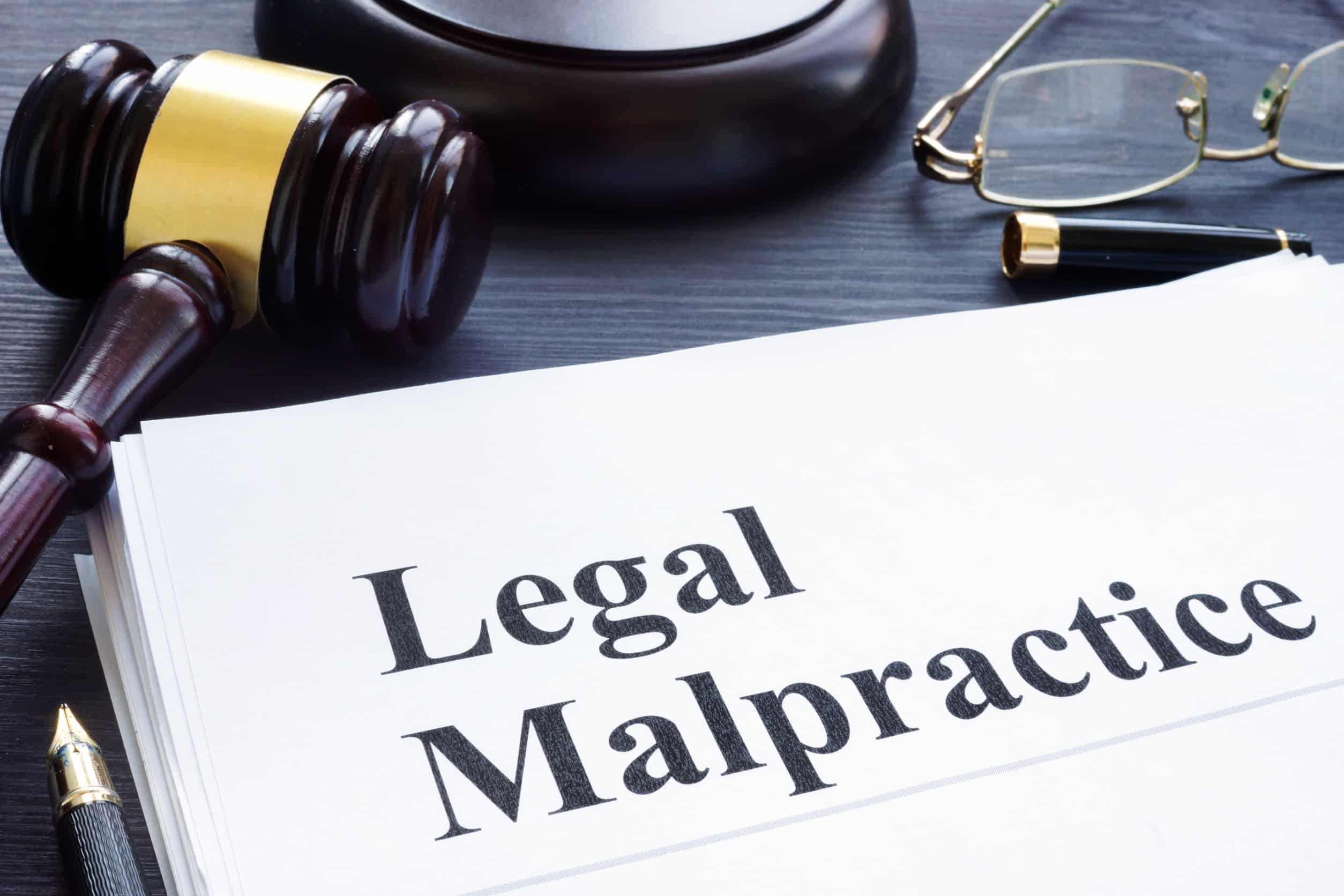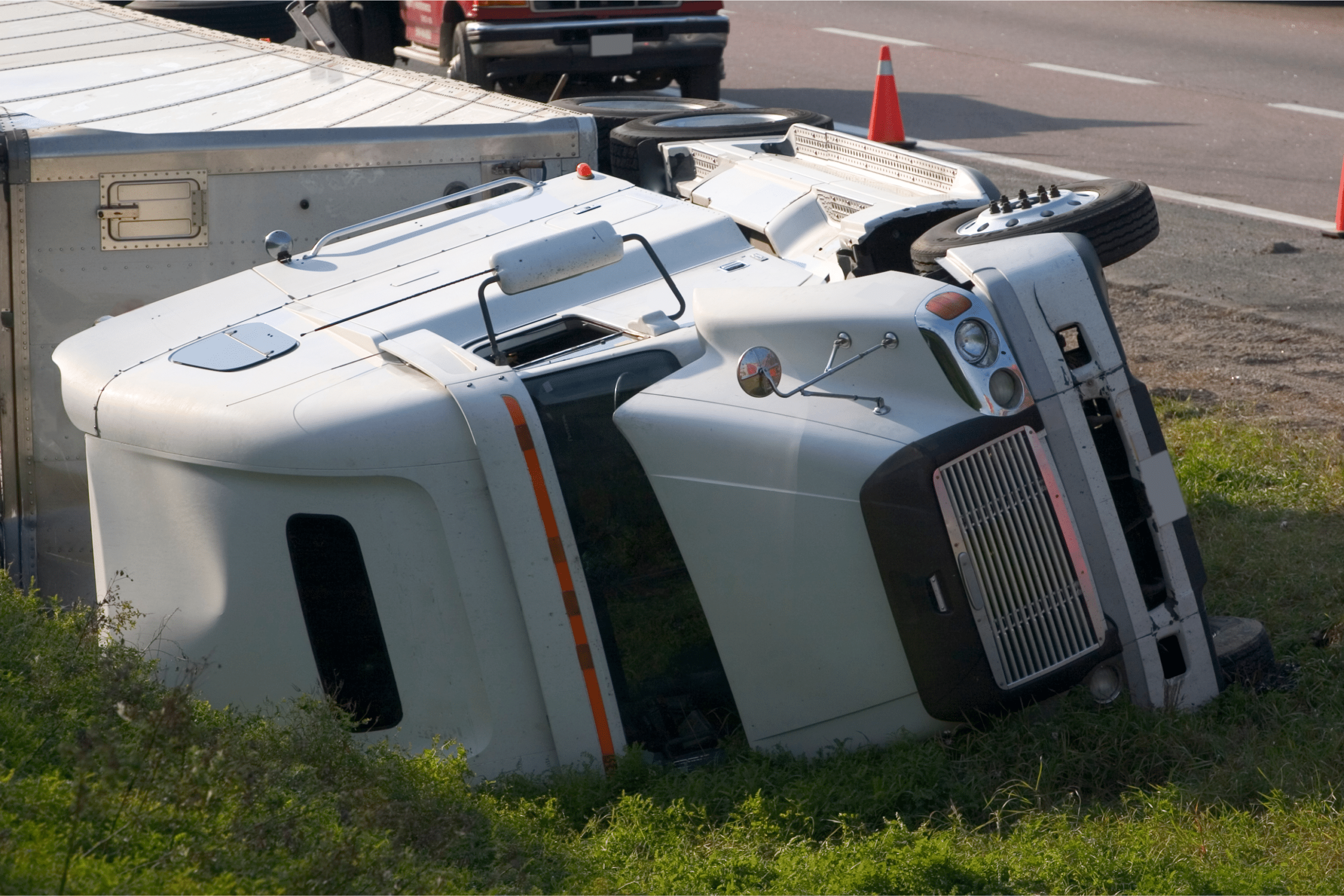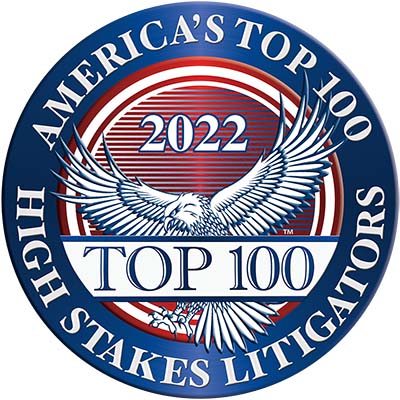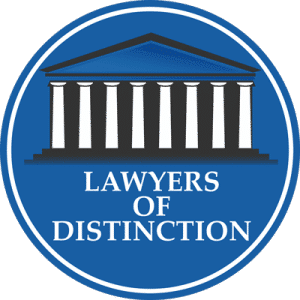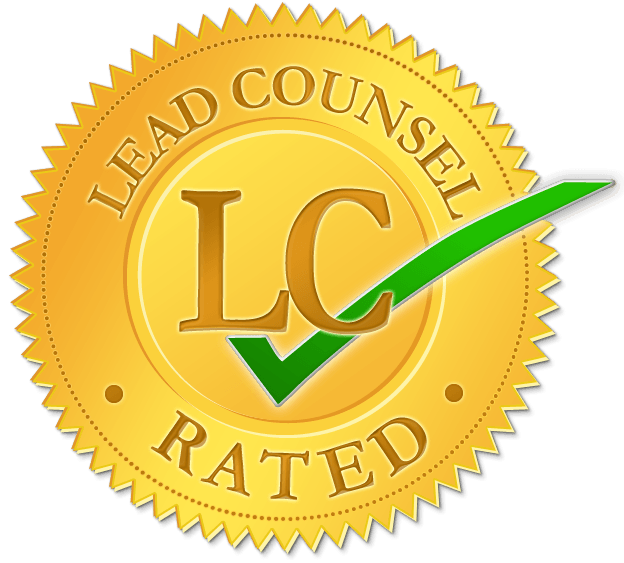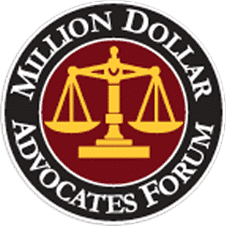Cancer Cases on the Rise 12 Years after the Attacks of 9/11
For many people, the tragedy of 9/11 is as fresh today as it was more than a decade ago. There are those who lost loved ones in the Twin Towers, Flight 93, and the Pentagon, and those who continue to mourn first responders and other heroes who gave their all to save lives.
In addition, there are more than 1,000 first responders and nearby residents who survived 9/11 but who now suffer from cancer after extended exposure to toxins released as a result of the collapse of the buildings. For the last decade or so, these cancer patients have fought to have their illness and the link to 9/11 acknowledged by insurance companies and the federal government. Yet, despite overwhelmingly high odds of a cancer diagnosis for those involved in World Trade Center rescue efforts, scientists and politicians remain hesitant to affirm the connection. Just two years ago, Dr. John Howard, the director for the National Institute for Occupational Safety and Health, told reporters that there was not enough evidence or legitimately reviewed studies to draw a conclusive link between the two.
Similarly, Thomas Cahill, a physicist and air-quality researcher at the University of California of Davis conducted a study of the air quality around Ground Zero just after 9/11. In his report, he claimed that the pollutants in the air were not sufficiently harmful to cause cancer and that the main toxins were “Construction materials…particles of rock and gravel…and dry wall.” Further, he told Esquire magazine, “The finest particles–the ones that invade your deep lung, never to leave–were also mostly gypsum. And gypsum is safe for human consumption. Matter of fact, it’s used to enrich bread with calcium, can be found in toothpaste and blackboard chalk, and helps coagulate tofu…Basically, you just got a big blast of drywall. Which is harmless.”
Despite Opposition, Federal Government Acknowledges Link
Although scientists presented evidence to the contrary, last year, the federal government added 58 different types of cancer to the list of medical conditions covered by the World Trade Center Health Program.
Interestingly, it was Dr. John Howard, who initially claimed there was no link, who proposed the inclusion. According to a report by CNN for the 12th anniversary of the attacks, it is now widely acknowledged that there were, indeed, extremely harmful chemicals in the air following the buildings’ collapse. The chemicals included asbestos covering the lower columns of the buildings and benzene, which is an ingredient in jet fuel. Asbestos is known to cause a number of ailments, many of which are ultimately fatal, and is directly linked to mesothelioma and other forms of cancer. The majority of Americans who suffer from asbestos-related illness acquired their disease through some facet of the construction industry. Benzene exposure causes cancer in humans, as well, and can also affect the immune system and the blood system, inflicting damage to bone marrow and causing a decrease in red blood cells.
Where Does Responsibility Lie?
Ultimately, of course, the terrorists are to blame for the tragedy that took place on September 11, 2001. However, the cancer outbreak among rescue workers appears to be compounded by exposure to asbestos, which has been a known danger for decades now. As an attorney who specializes in premises liability and wrongful death, I believe a thorough investigation is merited to determine how much responsibility builders and construction companies should shoulder for the presence of asbestos. Rigorous legislation has been put in place to protect against asbestos exposure, as its harmful effects are well known and have been for quite some time. Though no one could have foreseen the attacks of 9/11 or the collapse of the building, builders should eliminate the use of asbestos entirely as a precaution against such instances. Because of the use of harmful chemicals, an already tremendous tragedy is now compounded for the hundreds of first responders who must now contend with a fatal disease.
About the Author:
Andrew Winston is a partner at the personal injury law firm of The Law Office of Andrew Winston. He has been recognized for excellence in the representation of injured clients by admission to the Million Dollar Advocates Forum, is AV Rated by the Martindale-Hubbell Law Directory, and was recently voted by his peers as a Florida “SuperLawyer”-an honor reserved for the top 5% of lawyers in the state-and to Florida Trend’s “Legal Elite.”
 The Wheels on the Bus Go Upside Down – A Look at School Bus Accidents
The Wheels on the Bus Go Upside Down – A Look at School Bus Accidents 